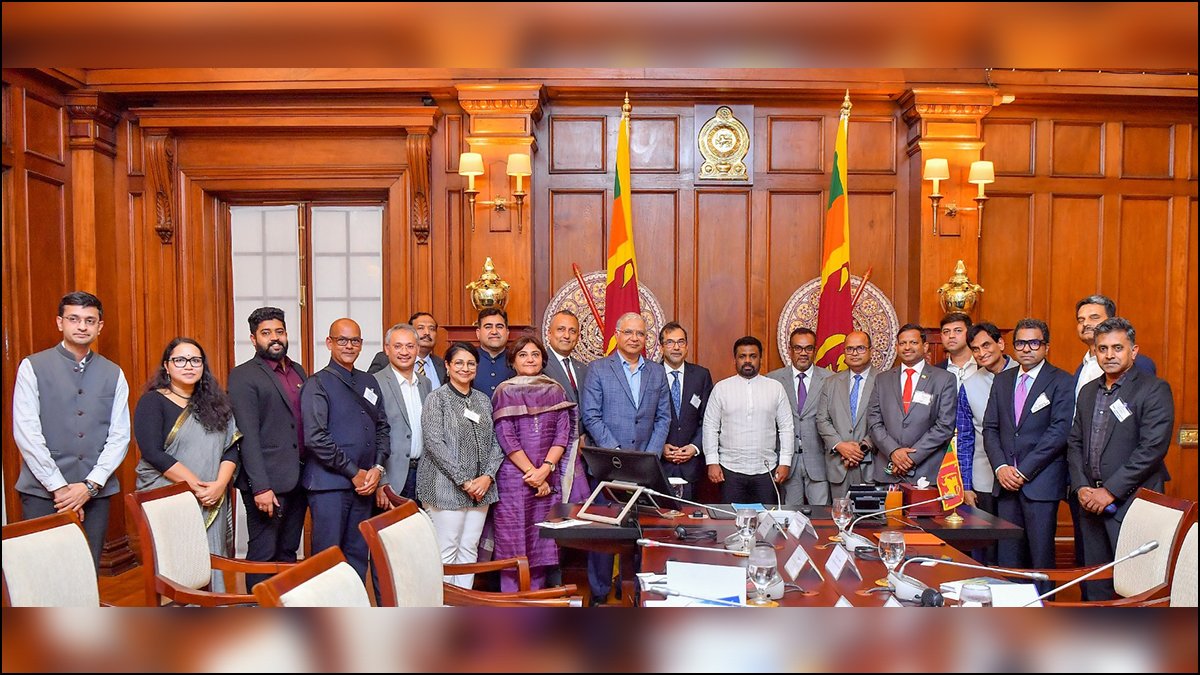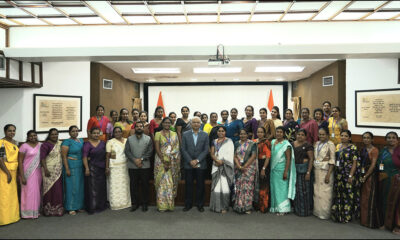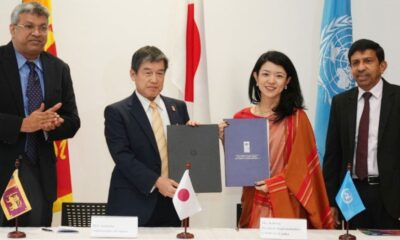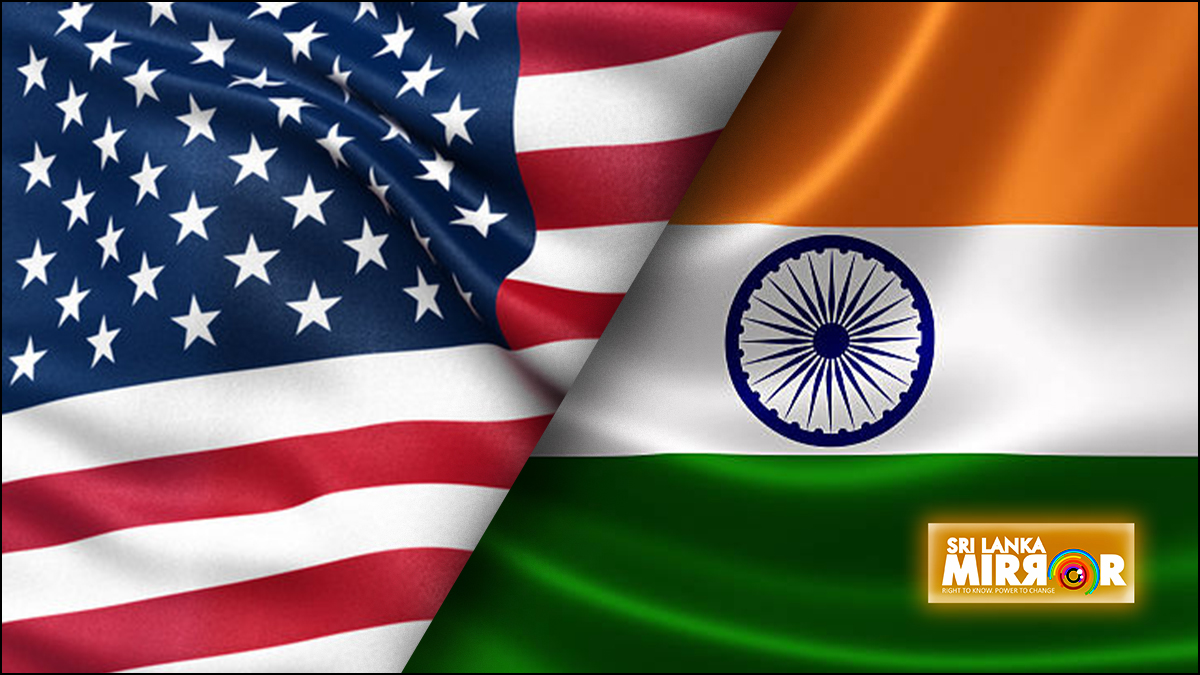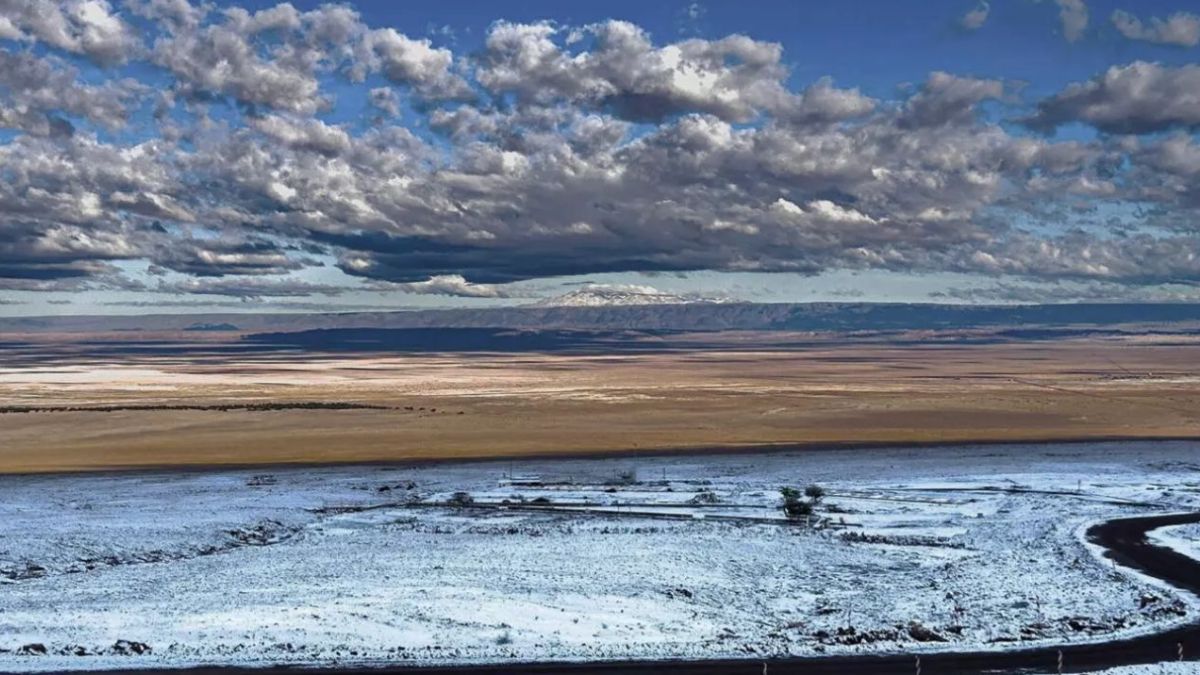At least 34 people have been killed in a massive fire at a pharmaceuticals factory in the southern Indian state of Telangana, according to news agencies.
The blast took place during work hours on Monday at a unit of Sigachi Industries, leaving several injured and in critical condition.
“As many as 31 bodies have been extricated from the debris while three died in hospital while undergoing treatment,” senior district police official Paritosh Pankaj told the Press Trust of India.
Police have registered a case against the management of Sigachi Industries, based on a complaint by the son of a victim.
The company has said it is halting operations at the facility for 90 days, because of damage to equipment and structures within the plant.
“The incident has unfortunately resulted in loss of human life, and there may have been individuals who sustained injuries,” Sigachi Industries said in a statement, adding that it was ascertaining the number who are injured.
Authorities say approximately 60 people were in the building when the blast took place, leading to a complete collapse of the building.
Many of the workers were migrants from states like Jharkhand, Odisha, Bihar, Uttar Pradesh and West Bengal in the north and east of the country.
The unit manufactured microcrystalline cellulose, a binding agent often used in pharmaceuticals, cosmetics and food industries.
“Pressure seems to have built up when the workers were operating the spray dryer,” a senior rescue official told the Indian Express newspaper. “Fine dust chemical particles too accelerated the blast and the subsequent fire.”
At least 25 victims were rushed to nearby hospitals with varying degrees of burns and injuries, rescue officials told the newspaper. Many had reportedly inhaled poisonous fumes.
Rescue workers are still clearing the debris at the blast site and have told ANI news agency that they are unsure how many people were still trapped.
“Once we are all done with the clearing, only then we will be able to assess if any other body is still remaining under the debris or if it is all clear,” GV Narayana Rao, director of Telangana fire disaster response emergency, told Reuters.
Officials say DNA testing is being used to identify bodies that were charred beyond recognition.
The ruling Congress government in the state expressed “deep shock over the massive fire accident” and said compensation will be given to the families of the deceased and injured.
Prime Minister Narendra Modi also expressed condolences and announced compensation of 200,000 rupees ($2,336; £1,699) for each for the families of the deceased and 50,000 rupees for the injured.
(BBC News)
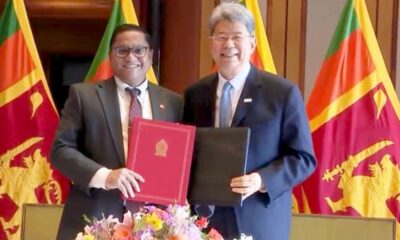
 BIZ3 days ago
BIZ3 days ago
 News3 days ago
News3 days ago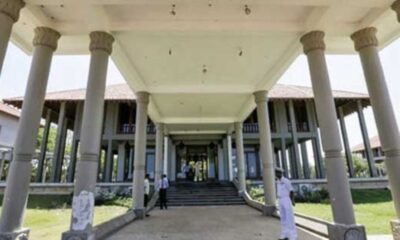
 News3 days ago
News3 days ago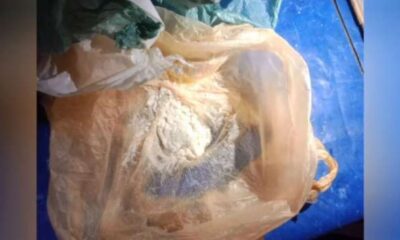
 News2 days ago
News2 days ago



